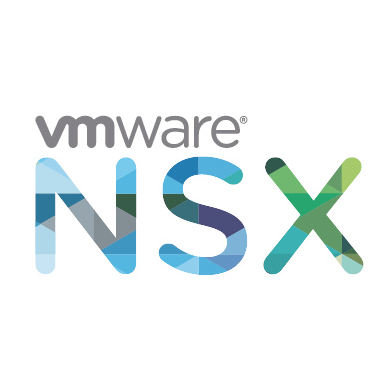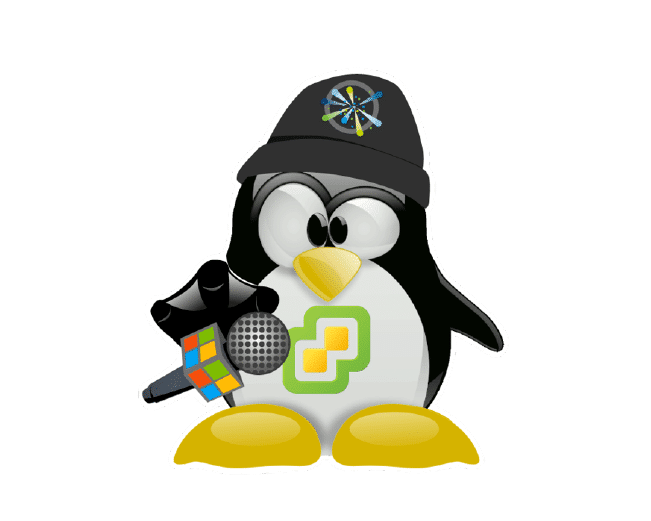Failed Backup Jobs after Update to vSphere 6.7 U1
On October 16th 2018 vSphere 6.7 Update 1 became available. An update we’ve been desperately waiting for. Finally vSphere-Client (HTML5) has become fully functional. Until that some tasks had to be done with the infamous flash client.
Unfortunately problems emerged soon after users updated their clusters to vSphere 6.7 U1 in combination with Veeam Backup jobs.
Workaround
VMware and Veeam worked hard to identify the root cause of the problem. It turned out that there was a change in the vSphere API which caused communication issues with Veeam Backup.
Latest API version is 6.7.1, but this one seems to be incompatible with Veeam Backup 9.5 U3a. According to Veeam sources, the issue will be settled with the soon to come Veeam Backup Update 4.
For all of those who have already updated their clusters to vSphere 6.7 U1 there’s a workaround. You need to enter a registry key to force Veeam Backup using the older API 6.7.
Warning! This solution is not recommended by Veeam Support. If you’re not yet on vSphere 6.7 U1 and you’re using Veeam Backup, you better wait until release of Veeam Backup 9.5 Update 4. Do not upgrade. Read this passage again!
The workaround outlined below has to be reverted as soon as Veeam 9.5 Update 4 is available.
HKLM\SOFTWARE\Veeam\Veeam Backup and Replication
You need to add a multi-string-value (REG_MULTI_SZ). Enter the Value below:
6.7.1 = 6.7
This registry key forces Veeam Backup to use API 6.7, but might lead to other yet unknown problems. But it enables to run your Veeam Backup jobs again.


